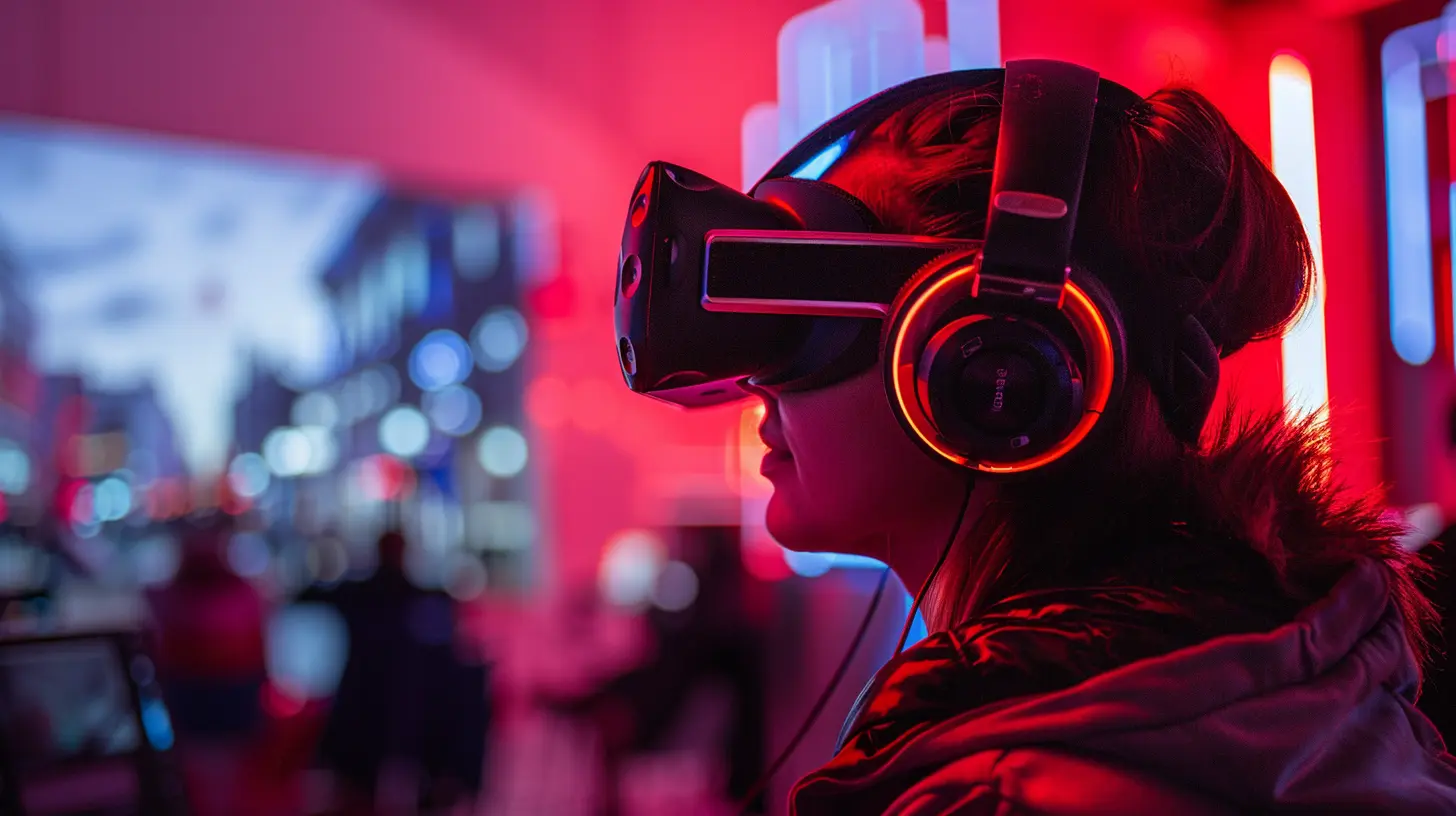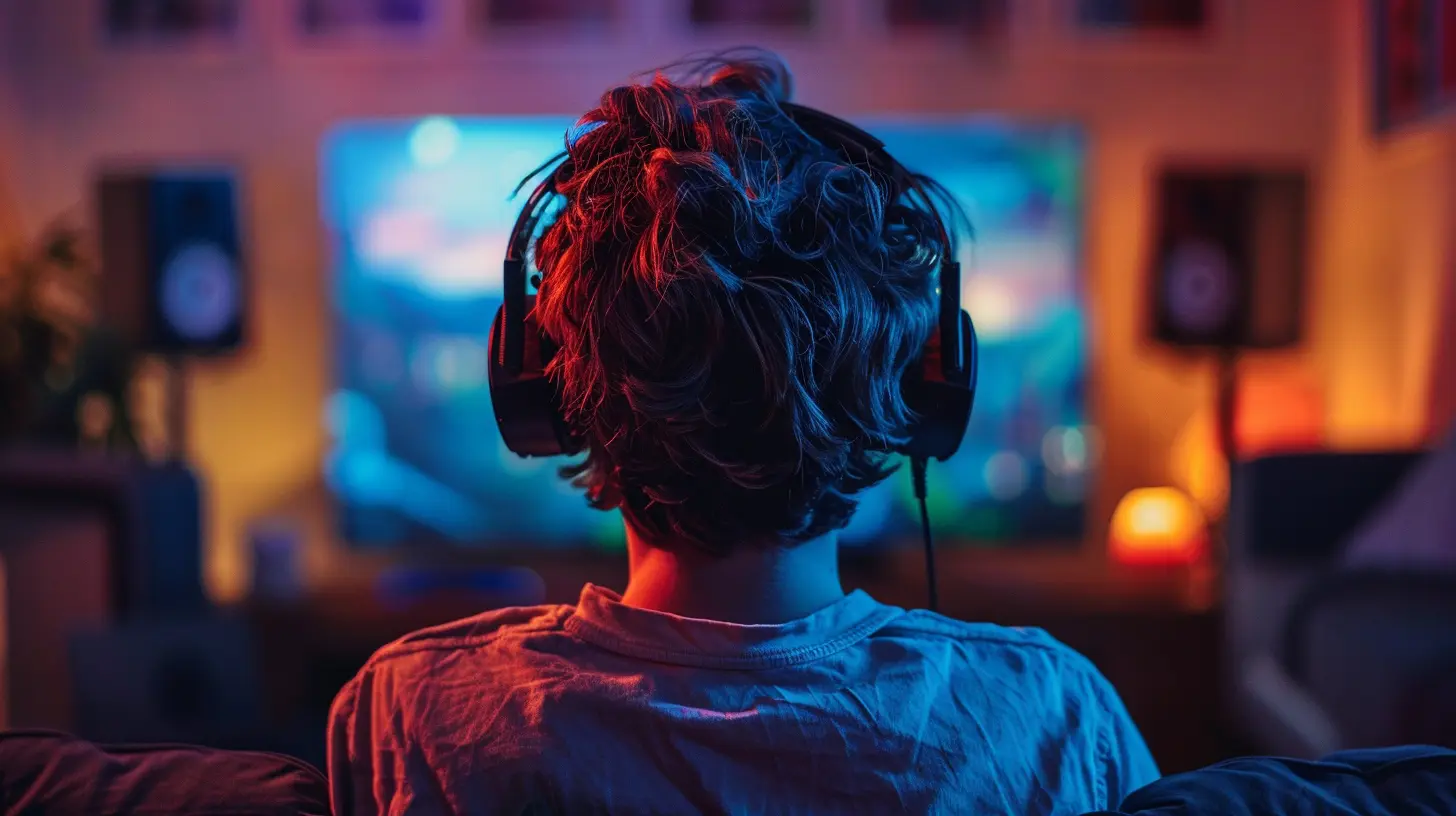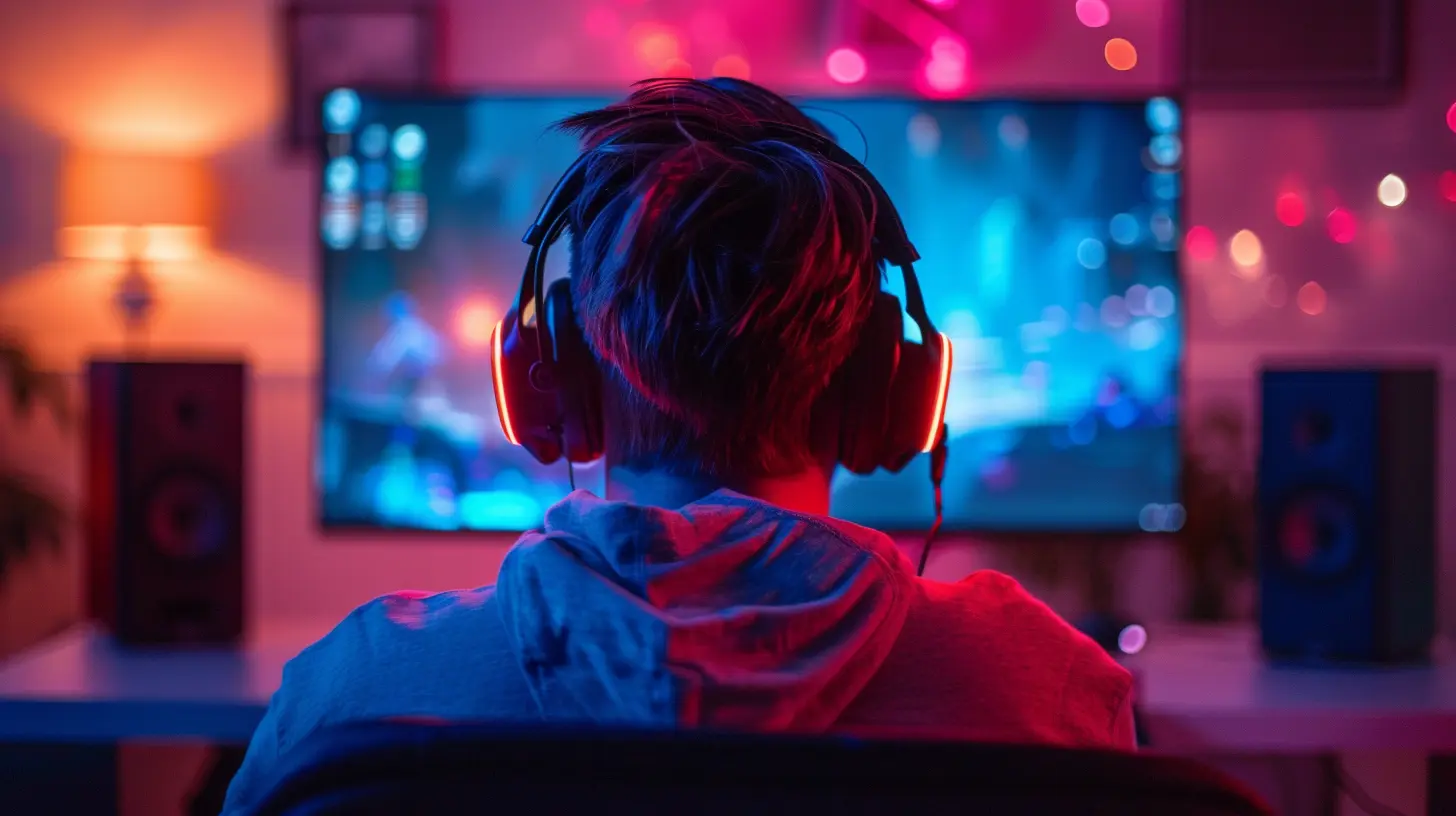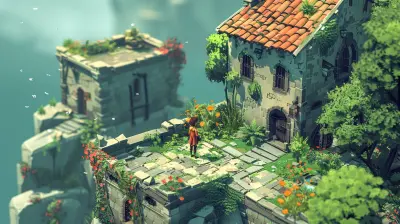5 March 2025
Have you ever played a game so captivating that you could almost feel the world around you? Maybe you heard the crunch of gravel underfoot, the distant call of a lone bird, or the haunting melody of an eerie piano that sent chills down your spine. That’s the power of sound design. If you've ever underestimated its importance, think again. Especially in indie games, where every detail can make or break a game, sound design plays a pivotal role in creating immersion, evoking emotion, and setting the tone. Let’s dive into this often-overlooked art form and why it’s so essential for those unforgettable indie experiences.
Why Does Sound Design Matter So Much in Indie Games?
Indie games have a unique charm, don’t they? Unlike big-budget titles with sprawling teams, indie developers often rely on creativity and storytelling to win players over. This means every single element of the game—art style, gameplay mechanics, music, and sound—has to work in harmony. Sound design, in particular, carries an immense weight because it bridges the gap between the game world and the player’s imagination.Imagine a horror indie game. The visuals might get you halfway there, but without the creak of a floorboard, the distant howl of wind, or the sudden jarring noise of something unidentifiable, it would feel flat. Sound isn’t just background noise—it's the invisible thread that ties the entire experience together.
Setting the Emotional Stage
Have you ever noticed how certain sounds can make you feel something before you even process what’s happening? Indie developers tap into this intuitive connection to create emotional depth.For instance, take a game like Celeste. The pixel art visuals are charming, but it's the sound design—soft chimes when you succeed, airy hums when you climb, and tense, erratic beats during challenging sections—that makes you feel like you're truly climbing a mountain. The sounds match the mood, nudging you to feel hope, fear, triumph, or even despair.
Sound design serves as the emotional backbone of a game. It guides players on an unspoken journey, connecting with them at a gut level. Without it, even the most beautifully crafted scenes could feel hollow.
How Sound Enhances Immersion
Let’s talk about immersion for a second. You know that magical feeling when you forget you're playing a game? It’s as though you’ve been transported into another world. Great indie games pride themselves on creating immersive experiences, and sound design is a key player in that.Here’s an example: In Firewatch, you’re alone in a forest as a park ranger. Or are you? The rustle of leaves, the crackling of twigs, and the occasional distant voices make you feel like you’re actually wandering through the Wyoming wilderness. Without these subtle auditory cues, you’d just be walking through a colorful but lifeless world.
Good sound design is like seasoning in a recipe—you might not notice it outright, but you'd immediately miss it if it were gone.
The Sound Palette: Going Beyond Music
Let’s clear something up: sound design isn’t just about the music. Sure, the soundtrack plays a big role, but there’s so much more to it. In fact, sound design can be broken down into three main layers:1. Ambient Sounds
- Ever been in a quiet room and still "heard" the silence? That’s ambience. It might be the hum of a neon light, the rush of wind, or the subtle chirp of crickets at night.- In indie games, ambient sounds can breathe life into an environment. Think about walking through a rainy city in Night in the Woods—the sound of raindrops hitting rooftops or cars splashing through puddles makes the small-town setting feel real.
2. Diegetic Sounds
- These are sounds that come directly from the game world, like footsteps, doors creaking, or swords clashing.- Interactive indie games like Oxenfree use diegetic sounds in clever ways. Static radio noises and warped voices not only contribute to the narrative but also enhance the overall creep factor.
3. Dynamic Sounds
- These are reactive sounds that change based on what the player is doing. For example, a louder heartbeat sound when your character is low on health.- A perfect example here is Hyper Light Drifter. The sound dynamically adapts to combat situations, making every fight feel intense and personal.
By mixing these three layers, indie developers create rich soundscapes that immerse players in the game world without them even realizing it.
The Challenges Indie Developers Face
Let’s not sugarcoat it—sound design is no walk in the park, especially for indie developers. Unlike AAA studios, indie teams usually don’t have the luxury of hiring an entire audio department. Sometimes, the same person writing the code is also responsible for sound design. Talk about multitasking!Budget constraints can also make it tough to afford high-end recording equipment or professional sound libraries. But here’s where indie devs shine—their creativity. Many turn to unconventional methods, like recording real-world noises using smartphones or experimenting with free digital tools. You’d be surprised how often the sounds you hear in an indie game come from something as random as a spoon tapping a glass or a plastic bag being crinkled. Pretty cool, right?
Indie Sound: Quirky and Innovative
One of the reasons we love indie games is their freedom to experiment. This extends to sound design too. Without the pressure of catering to a massive audience, developers can take risks, leading to some truly innovative audio experiences.Take Untitled Goose Game, for example. The game’s sparse use of sound—quiet environments interrupted by the comical honk of a goose—perfectly aligns with its mischievous tone. Instead of bombarding players with music, the game uses silence and diegetic sounds to amplify its quirky charm.
Similarly, Bastion features a narrator who dynamically reacts to your every move. Whether you fall off the map or defeat an enemy, the narrator describes it, making you feel like you’re part of a living storybook. It’s a sound design choice that’s as bold as it is memorable.
The Future of Sound Design in Indie Games
It’s an exciting time for indie game sound design! With advancements in technology, even small studios now have access to powerful tools like FMOD and Wwise, which make creating dynamic and interactive audio easier than ever. Virtual reality (VR) indie games are taking sound to the next level, using 3D positional audio to fully immerse players in their worlds.AI is also starting to play a role in sound design. Imagine an indie game where the soundscape adapts not just to your actions but also to your emotions. We’re not there yet, but the possibilities are endless.
As indie games continue to push boundaries, sound design will undoubtedly remain a critical piece of the puzzle.
Final Thoughts
Sound design in indie games is an art form in itself. It’s what makes a spooky forest feel alive, a pixelated dungeon feel daunting, or a simple goose feel hilariously mischievous. Although it often goes unnoticed, sound design is the unsung hero of immersive gaming experiences.Next time you dive into an indie game, take a moment to really listen. Hear the subtle details—the rustling leaves, the distant storms, the melodic piano chords. These aren’t just sounds. They’re the heartbeats of the world you’ve entered, crafted with care and creativity by passionate developers.
And that, my friend, is why sound design matters so much.







Skyler McCloud
“Soundscapes make magic happen!”
April 3, 2025 at 3:12 PM